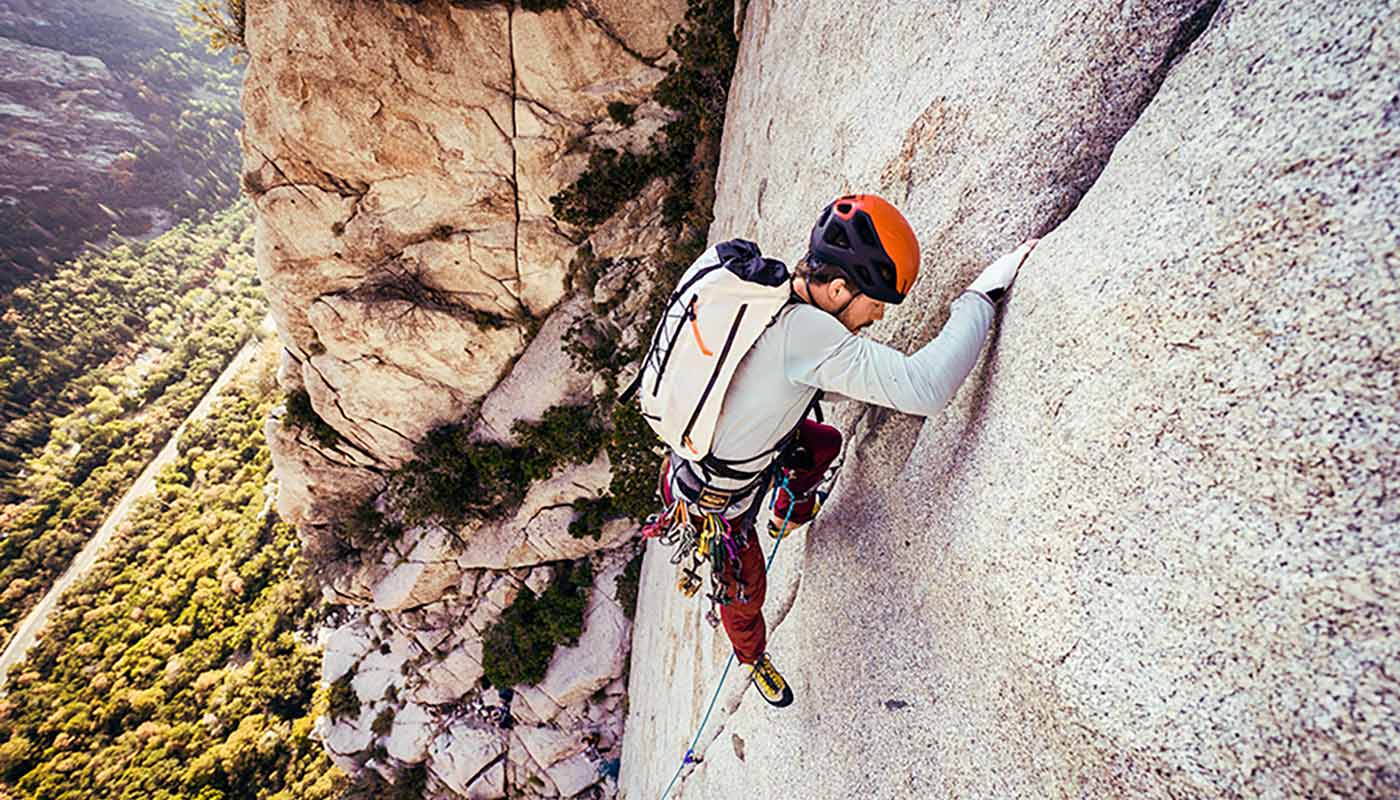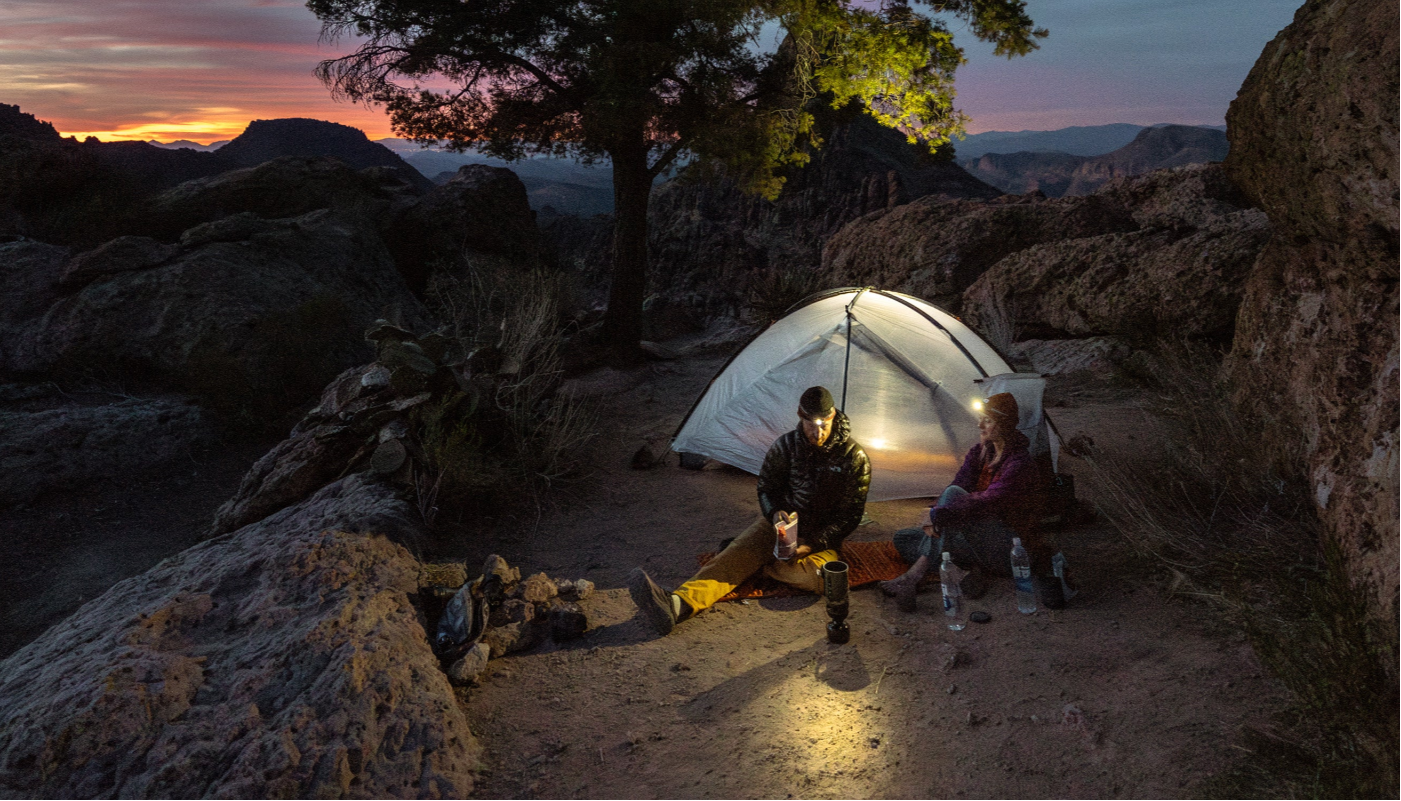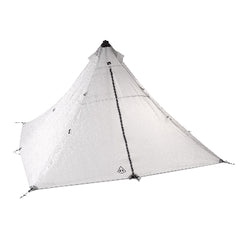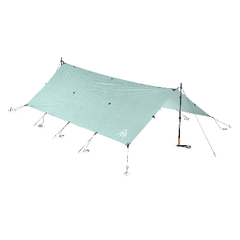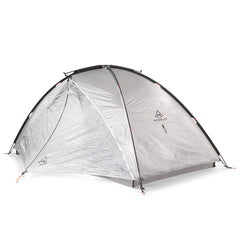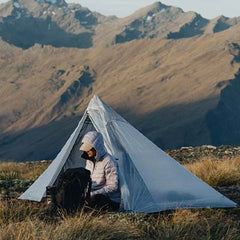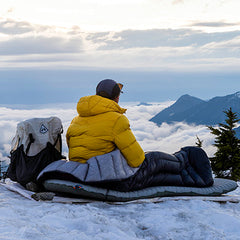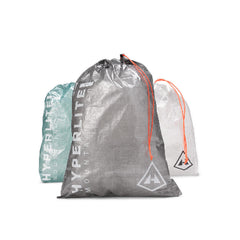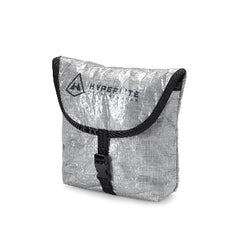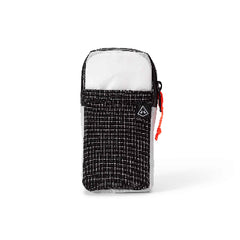Words and Photos by Sota Sakamoto

Japan is a mountainous country, with mountains in every corner of the country, and without exception, people live there. The Japanese have used mountain resources and lived with the mountains, so almost every mountain has a road. Even mountains that are not mountain climbing destinations have old roads that serve as daily life routes or pilgrimage routes, which can lower the barrier to hiking and can also cause people to get lost, so the minimum requirement for any mountain is to have a good map.

If you want to hike the Kumano Kodo or the 100 Famous Mountains of Japan, it is easy to get maps. And in Japan, where people live deep in the mountains, the transportation network stretches like blood vessels, so you can access them by train and bus without hitchhiking.
Camping in Japan is not officially permitted except in designated tent areas. It is also advisable to avoid camping in protected areas of national parks. When thru-hiking long trails, please observe basic etiquette, such as not making open fires and making sure to take your trash with you.
Japan is long, stretching 1,864miles from north to south, and the climate changes greatly depending on the region and season. Accordingly, the natural field is also wide.
Japan boasts the world's largest amount of snowfall, and the harsh alpine world that keeps people away from winter mountains. In addition, Japan has many rapids, and the style of mountain climbing called "Sawa-nobori" has been established since ancient times. Meanwhile, in the context of trails and hiking, long trails have been built all over Japan and have been gaining popularity in recent years.

I want to mention a bit about the world of old roads that I walk on. Since around the 7th century, when Japan began to organize itself as a nation, the country has been working on road construction, and today, every corner of the country is covered with detailed roads.

Many of them are now paved and have become roads, but the roads that were built along mountain passes and mountain ridges still remain as mountain trails and old roads.
Pilgrimage routes such as the Kumano Kodo and Shikoku Pilgrimage are still alive as paths with people walking them even as times change, but many old roads have been buried in the sediment of history and forgotten.

I rely on old maps, books and local history to determine my route. Many long-distance walking trails, such as the Michinoku Coastal Trail and the Tokai Nature Trail, were actually built using these old roads, so when you walk the trails of Japan, be sure to think about their history.
Cowboy camping is not realistic in humid Japan, and a tent to protect against rain and night dew is essential. In Japan's mountain scene, which has many steep terrains, tarps have been used for gorge climbing since ancient times, and Japan has long made efforts and ingenuity to make equipment lighter. Therefore, the ultralight trend that originated in long distance hiking in the United States has naturally been accepted in Japan and is now widely used.
When I worked at a mountain hut in the Japanese Alps, I felt that about 30% of the climbers were carrying ultralight brand backpacks. Japan has a minimalist aesthetic such as "wabi-sabi" which is finding beauty in simplicity and imperfection and " to be satisfied with what you have" from the Zen philosophy, which is common to the idea of ultralight in my opinion. I think it is a style that is highly compatible with Japanese people who have been walking through the mountains with wicker trunks and furoshiki bags as peddlers, pilgrims, and wanderers since ancient times.
Above all, Japanese people love making things. The Japanese ultralight garage brands are also a force that is not to be outdone by overseas brands.

I think Japan is a hiker-friendly country. There is a culture of hospitality in the Shikoku Pilgrimage, and there are many pilgrimage routes in Western Japan. In Eastern Japan, there are old roads that transported resources such as iron and salt, and the two greatest travelers in Japanese history, Matsuo Basho and Sugae Masumi, walked mainly in the Tohoku region.
The culture of hospitality to travelers is still deeply rooted, and I feel this as I walk all over Japan. I have also been saved many times by the cold juice and hot tea vending machines that can be found in any remote place, such as the seaside, deep in the mountains, or on remote islands. And the trail angels and trail culture unique to this country can never be experienced in any other country.

TRAIL SPOTLIGHT: KUMANO KODO
I’d like to introduce you the route called “Kumano Kodo.” Kumano Kodo refers to a network of ancient pilgrimages trails situated across the Kii peninsula in the southern Kansai region.
ROUTE DESCRIPTION
Kumano Kodo has multiple routes that connect each sacred site on the Kii Peninsula, and the total distance is over 620 miles. The routes I have walked are Ohechi, Nakahechi, Kohechi, Okuhechi, Iseji, Kiiji, Omine-Okugakemichi, Koyasan-Choishimichi, Hongu-michi, Kumano-Wakimichi, Koza-Kaido, and Asama-Takemichi. They are rich in variation, with mountain routes with steep ups and downs, routes along the sea, walking through towns, and walking through hot springs.

There are many people on the passes registered as World Heritage Sites, but on minor routes you may not meet anyone at all. However, what they all have in common is a complex world of faith that combines Buddhism, Shinto, Shugendo, and nature worship, and is created by the natural environment of the Kii Peninsula and Japan's unique religious view. Since ancient times, Japanese people have believed that gods reside in mountains, waterfalls, rivers, megaliths, etc. and worshipped them. Visiting to Kumano offers a glimpse into the Japanese relationship with nature.
The climate is one of the rainiest in Japan, with a humid environment. This rain has carved deep valleys in the Kii Mountains and nurtured the rich forests that are major timber producers. Standing at the peaks of the Hatenashi Mountains, Daiko Mountains, and Omine Mountains, the depth of the mountains that stretch to the horizon is astounding.

Although the scenery is not as dynamic as the Japanese Alps, Kumano's deep forests and moss-covered stone pavements give off a certain solemn atmosphere that is uniquely Japanese.
PLANNING FOR THE ROUTE
As mentioned above, even though they are all called Kumano Kodo, each route has a completely different appearance. To put it in extreme terms, the Omine Okugake Trail is a training route for mountain ascetics and is a harsh route that involves walking 62 miles through 6,500ft-class mountains. And in winter it is covered in deep snow.
In contrast, there is almost no snowfall even in winter on the Iseji and Kiiji routes, and the climate is warm due to the influence of the Kuroshio Current. Furthermore, you can constantly replenish supplies in towns, so you can walk with a compact pack setup.
The equipment you need will vary depending on the route you walk, so one of the fun things to do is to check the map and change and revamp your equipment each time.
RECOMMENDED GEAR LIST

As an example, I will introduce the equipment I took on the Okuhechi trail in April:
- Waypoint 35
- Trekking poles
- Umbrella for both rain and shine
- Rainwear
- Insect repellent, eye drops, lip balm
- Toothbrush, sunscreen
- First aid, toiletries
- Four days' worth of food
- Change of clothes, towels
- Air mattress
- Mobile battery, headlamp, etc.
- Tripod
- Sleeping bag
- Bivy
- Cooker, stove
- Water bottle, water purifier
The Okuhechi trail has only recently been redeveloped, but there are some sections overflowing with wild charm that are not exactly easy to walk through. The compact size of the Waypoint 35 is extremely useful for crawling under fallen trees. It rained, and the high waterproofness of the DCH fabric proved to be very reliable.

The Kumano Kodo, which has been walked for over 1,000 years, is full of the charms of Japan. It is a long trail where you can learn about the sea, mountains, rivers, and beautiful natural scenery, as well as villages of people who live by the sea and in the mountains, and about Japanese culture, views on nature, life and death, and religion, through the act of walking.
Since being registered as a World Heritage Site, it has been improved and is easy to walk, and it is easy to obtain information about the route, making it accessible to hikers from overseas. If you are walking along a route that passes through hot spring areas, we recommend staying in a Japanese-style inn while you walk.
